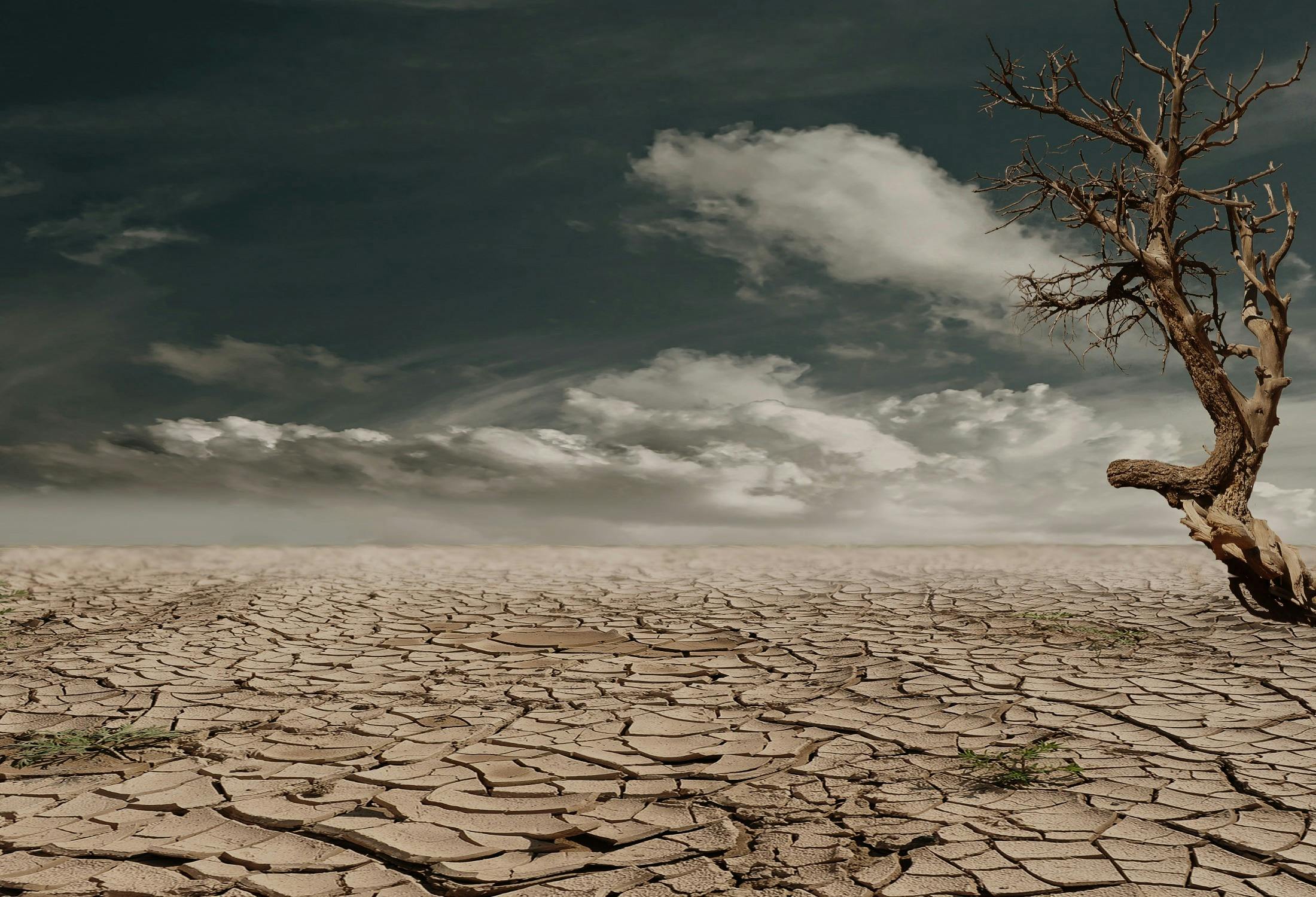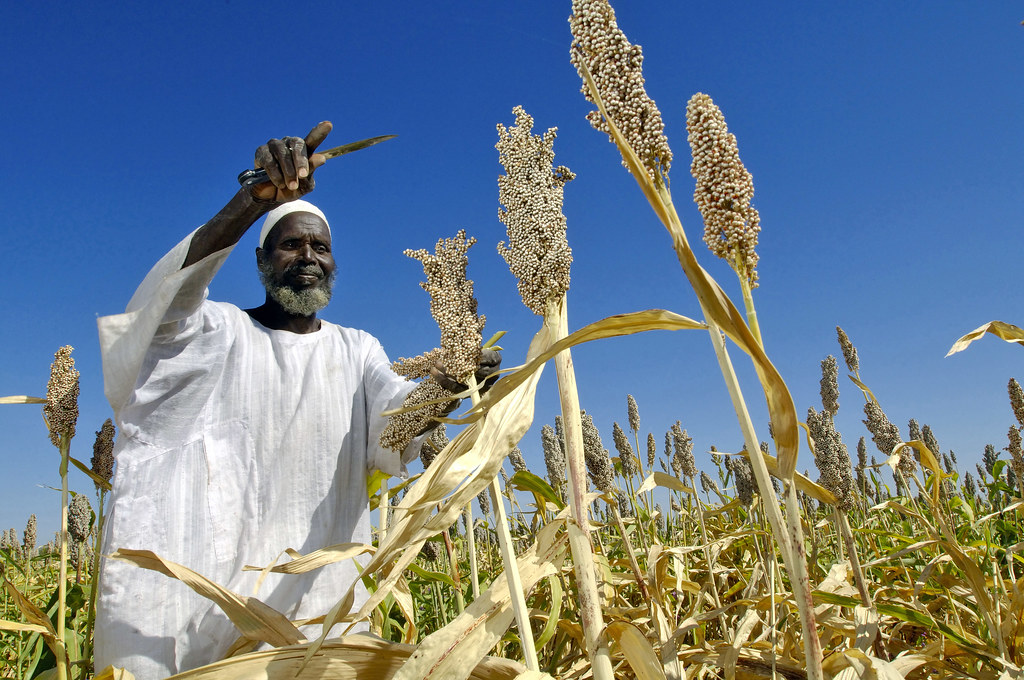People usually take fresh drinking water for granted. After all, we’ve grown up with an unlimited supply of it all our lives. Nobody thinks twice before watering their garden, building swimming pools, and spending a tremendously long time in the shower.
We’ve buried our head in the sand for far too long. However, the situation on the field is alarming. At the moment, close to two million people die due to a lack of clean drinking water every single year.

Coming Face-To-Face With Reality Soon
Here is the deal: the world is currently running out of clean drinking water. The precious water that flows through our faucets is running out fast. Rough estimates say in little over a decade half of the world will be living in areas where there simply isn’t enough to go round.
People are going to ignore the truth. They’ll question why a planet with 71 percent of the surface covered in water has anything to worry about. If you dig deeper, you’ll realize 97 percent of the water on earth is filled with salt, which means only a fraction of our water is actually safe to drink.
The Numbers Do Actually Get Worse
If salt water makes up 97 percent of all the water on earth, it means there should be 3 percent which is fresh. Although it’s technically true, close to 69 percent of the fresh water is frozen in glaciers and ice caps. Then you have the fresh water making its way through the soil right now or evaporating into the air, so what we’re really left with is underground aquifers.

So far we’ve only proved that our planet doesn’t have as much clean drinking water as we thought. The reason why we’re running out of water on earth has to do with these underground aquifers, which is where the majority of our fresh water comes from when we shouldn’t be so reliant on it. We’ve come to the conclusion we’re going to run out of drinking water thanks to NASA.
The Big Problem NASA Has Discovered
There are lots of underground aquifers scattered around the globe, but we deem 37 of them hugely important because they hold a lot more water than all the others. NASA satellite data has shown more than half of them are being depleted and have already passed their sustainability tipping point. Over the last 10 years, more has been coming out than going in.

Thirteen of these water aquifers fall into the ‘seriously troubled’ category, and because we rely on them so much it’s hard to see a way back for them. They crave water from melting snow and rain, but take thousands of years to fill up. To give you an idea about how much we rely on them, around 60 percent of California water usage comes from aquifers and it’s thought the percentage will keep increasing.
Where On Earth Is Our Fresh Water Going?
Now you might be asking yourself where the water is going. Although there isn’t much available fresh water on earth, considering the total amount of water is more than a billion trillion liters we’re still talking quite a lot. The one thing we do know is that even though the earth is changing on its own, we’re ultimately responsible for the dangers we’re facing today.
One of the biggest factors in the depletion of clean drinking water is industrial usage. Common sense says it’s easy to see why the industrial revolution has created a bigger demand for water, but science backs it up too. Australia is home to the Canning Basin, which sits third on the most depleted aquifer list. It’s also where lots of mining and gas exploration is taking place. The same thing can be seen in the Middle East.
Irrigation water for agriculture is officially the biggest cause of our depleting fresh water supply. Animal agriculture is the main culprit, but it’s hard to see the world turning vegan any time soon. It’s only going to get worse as our popular increases. Dairy farms in American use over 3 million gallons of water per day, but it’s not the most sickening stat. 1,800 gallons of water is required to make a burger.
The water we use at home makes a big difference too. It’s maybe not so bad in developed countries, but in poor countries the population is higher and they require more water. It’s also where we’re seeing the water aquifers being depleted the fastest. When people are washing themselves, staying hydrated, and cooking meals the water usage adds up when combined together.
What We’re Going To Start Doing About It
It’s time to start making big changes before it’s too late, and you’ll be pleased to know there are some things we’re thinking of right now. Rainwater harvesting is definitely one of the easiest ways we’ll be able to become less reliant on aquifers going forwards. Water will be redirected from rivers and roofs into reservoirs, so it will be more advanced than collecting rainwater in your back garden.

Did you know ancient civilizations started trying to improve the quality of water for over 4,000 years ago using various techniques? Technology has advanced so much we’re going to do the same thing, except we’ll attempt to make sea water drinkable on a large scale. Desalination isn’t going to be simple, but it’s seen as the best solution due to how much sea water is available. We’ll need to find ways to create really cheap energy first.
You also have things like sustainable urban development and manufacturing meat in labs. On an individual level, the average person can make a big difference. Maybe not on their own, but if everyone did their part it would help. Start by doing everything possible to conserve as much water as you can through any means necessary. Hopefully we’ll come up with ways to produce more water before we hit the point where half the world will be desperate for it.





Leave a Comment